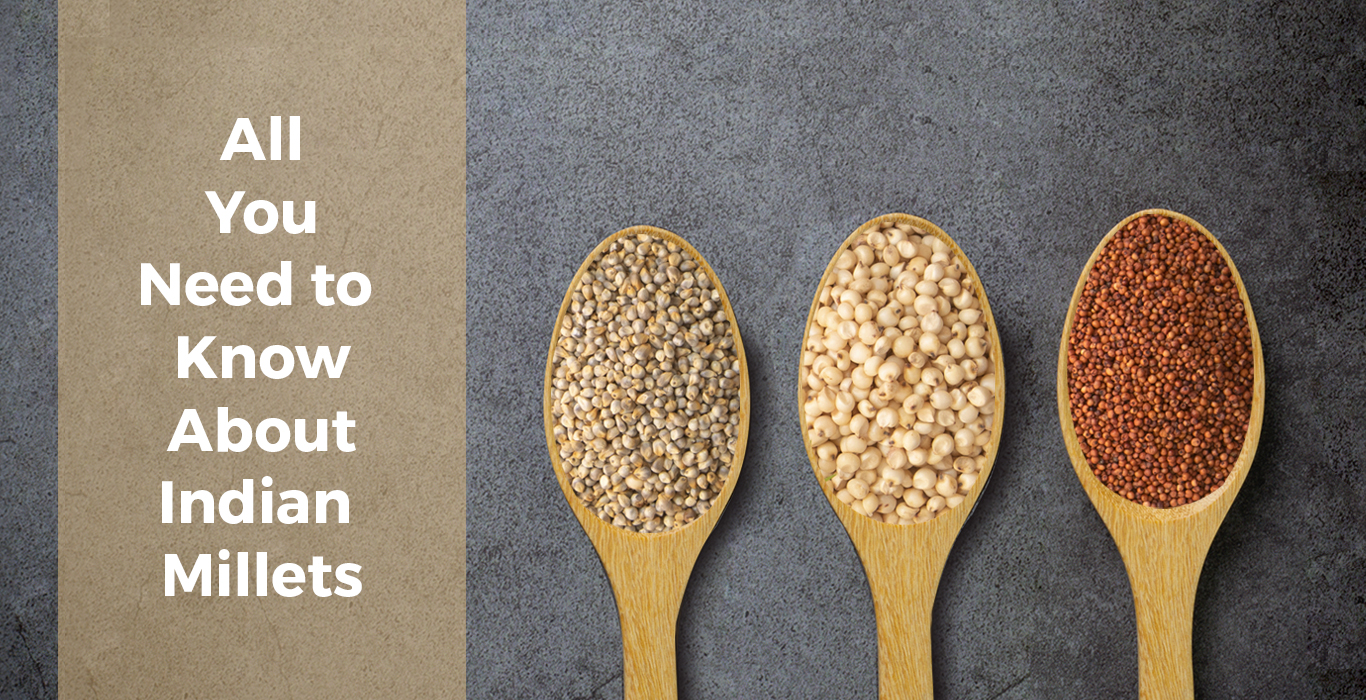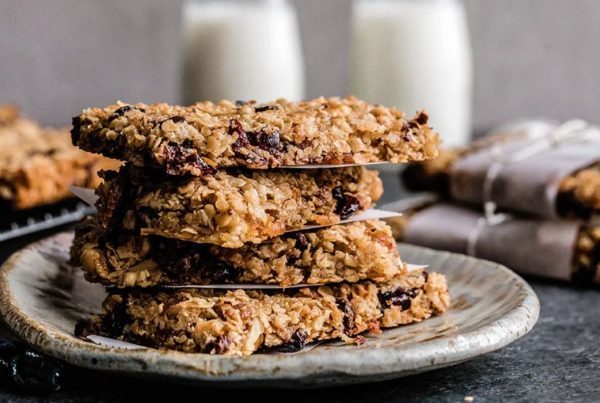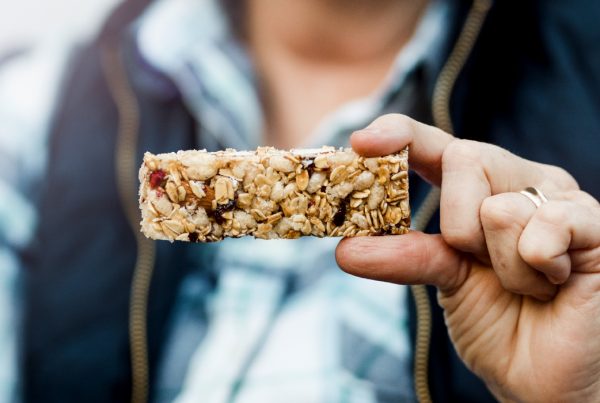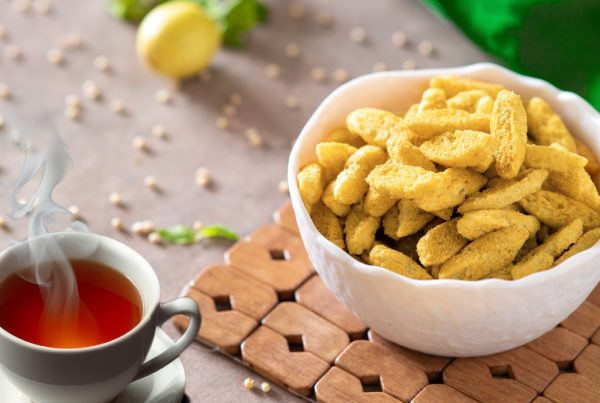Indian millets were a staple in our diet not so long ago. As we hear about the rise in lifestyle diseases like diabetes, blood pressure, and obesity, we might make changes in our daily routine but we hardly focus on taking a relook at our staples and changing our diet to include more plant proteins and minerals!
Super Facts about the humble millets
- India is the largest producer of millets
- Millets are a sustainable variety of crops as they grow in arid regions with low rainfall.
- Millets are generally grown without chemical pesticides and India has a long tradition of sustainable farming of millets.
- Millet is an umbrella name that includes 20 species of cereal grass from the Poaceae family.
- Millets are naturally gluten-free, have a low glycemic index, and are a good source of protein, fiber, vitamins, and minerals.
- This humble food that is abundantly available in our own backyard is almost as nutritious as the world superfood quinoa.
Let us get to know the Millets
Millets are widely grown and consumed in countries like India, Nigeria, China, etc. The common ones that are grown and consumed in India are Bajra, Jowar, Ragi, Amaranth, Kuttu, Sanwa, Kangni, Kodo.
Based on grain structure, millets are primarily classified into 2 types:
Husked
These come with a tough seed coat which is removed by pounding before they’re ready to be cooked and consumed.
Buckwheat (Kuttu), Kodo, Foxtail (Kangni), and Little Millets are all of the husked variety.
Non-Husked
Millets that do not have the hard seed coat on them and are, thus, ready for consumption right after the cleaning process fall into this category.
Ragi, Jowar, and Bajra make for some excellent examples of non-husked millets.
What we need to know about consuming Millets as part of Daily Diet
Although nutrition enthusiasts have just recently started to amplify the health benefits of millets while emphasizing their affordability & sustainable nature of growth, millets still have a long way to go as we start incorporating them back into our main diet.
While checking with our grandparents about healthy and tasty recipes that can be churned out of these wonder grains would be fun, we can include millets in our food, without having to completely ditch rice and wheat forever. More so, one must ALWAYS maintain a balance between all types of foods, to bring healthy diversity in diet.
Some Basic Millet Recipes
Rotis/Theplas/ Dosa
Since all millets can be ground into flours, we can always have them battered or kneaded into doughs, which can be seasoned as per our desire to make bread or Dosas to go with Sabzis or Chutneys.
Cookies
There is practically no limit to cookies one can make out of millets. Just add your favorite flavors!
Porridge
One of the most popular ways of consuming millets has been to turn them into thick porridges sweetened with jaggery, milk, cardamom, or any other spice of one’s choice. This is equivalent to a meal & is regarded way healthier than protein shakes.
Chaats/Bhel
If you can manage to get millet flakes from the grocer, you can easily use them to make delicious chaats!
Khichadi
Give your humble khichadi a twist with millet khichadi. Millet can be easily incorporated into regular khichadi or you could make khichadi of certain variants of millets like sama. It is simple to make, easy on the stomach, and mighty healthy.
Cheela
Use a variety of millet flours together like jowar flour, bajra flour, ragi flour, etc., and make cheela out of it just like you would make besan cheela.
Chivda
Flakes of millets can make for a great chivda – a dry-roasted snack mixed with nuts and spices. Instead of snacking on chips and other fried foods, millet chivda can be a healthy and filling option.
Why did millets get sidelined?
Millets that were once a regular in every household from the central, southern and hill regions of India were sidelined during the Green Revolution. One of the major reasons for that was that the millets were considered a poor man’s food. Another important reason was that the nutrition benefits of millets were not known to many.
Things to remember –
While the health benefits of millets are there for all to see, it is important to have grain diversity in the diet.
- Consume wheat, rice, and millets for a complete diet.
- It is a good idea to consume millets thrice a week to maintain diet diversity.
- Sprouted millets can enhance their health benefits.
A balanced diet is important for our health and adding variety to our meal only increases our appetite, so instead of following the trends, consume local foods like millets that are healthy and delicious.







